Tortoiseshell cats, with their captivating coat patterns resembling the intricate designs of a tortoiseshell, have long been cherished companions in the feline world. Beyond their aesthetic appeal, these cats beckon us to unravel the mysteries of their lifespan, a topic intertwined with various factors that shape their journey through the years.
In this exploration, we delve into the enigmatic world of tortoiseshell cat lifespan, considering the intricate interplay of genetics, nutrition, exercise, veterinary care, and the living environment. Understanding these elements not only enriches our bond with these remarkable creatures but also empowers us to provide them with the care and support they need to thrive and flourish throughout their lives. Join us on this enlightening journey as we unlock the secrets behind the longevity of tortoiseshell cats.
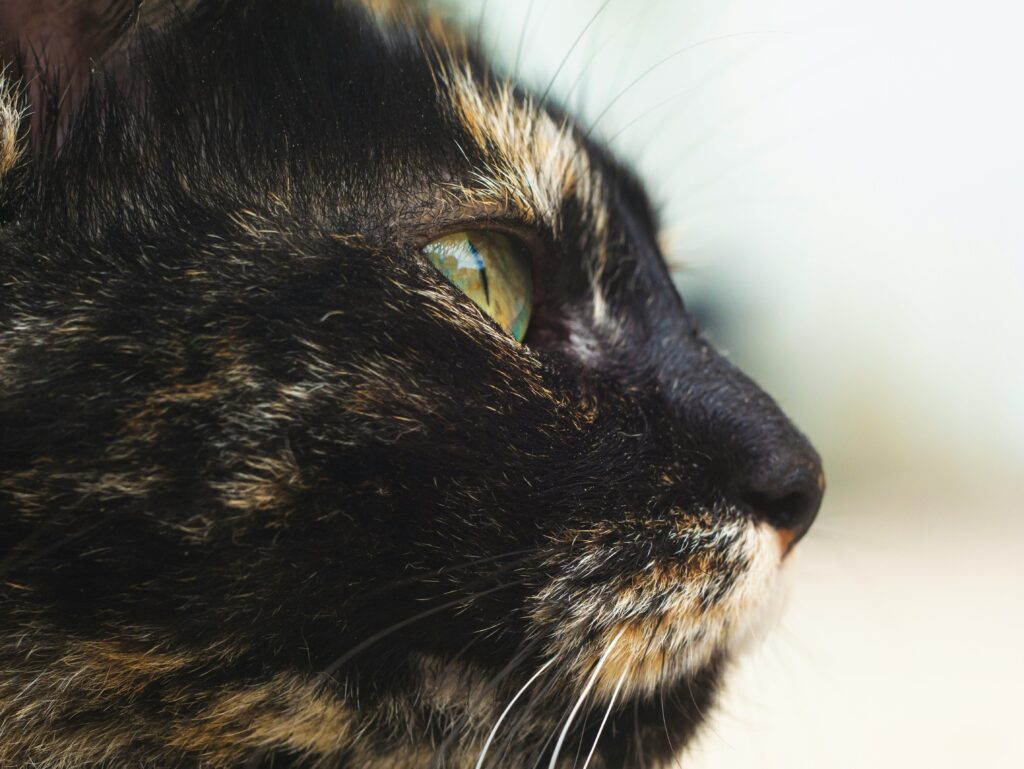
Factors Influencing Tortoiseshell Cat Lifespan
Tortoiseshell cats, with their unique blend of colors and patterns, captivate us with their charm and mystery. Behind their striking appearance lies a complex interplay of factors that contribute to their lifespan. Let’s delve into the key influencers that shape the longevity of tortoiseshell cats:
1. Genetics and Hereditary Factors
The foundation of a tortoiseshell cat’s lifespan is laid in its genes. Hereditary factors can predispose these cats to certain health conditions or contribute to their overall robustness. Understanding their genetic makeup can provide insights into potential health risks and longevity.
2. Nutritional Requirements for Longevity
A balanced diet is essential for sustaining a tortoiseshell cat’s health and extending its lifespan. Providing quality cat food rich in essential nutrients supports their immune system, organ function, and overall vitality. Meeting their nutritional needs can have a profound impact on their well-being and longevity.
3. Exercise and Mental Stimulation
Physical activity and mental engagement are crucial aspects of a tortoiseshell cat’s life. Regular exercise not only maintains their physical health but also promotes mental stimulation, preventing boredom and behavioral issues. Enriching their environment with interactive toys, scratching posts, and playtime fosters their overall well-being and contributes to a longer, healthier life.
4. Veterinary Care and Preventive Health Measures
Regular veterinary check-ups, vaccinations, parasite control, and preventive care are paramount in ensuring a tortoiseshell cat’s health and longevity. Early detection of health issues and prompt medical intervention can mitigate potential risks and enhance their quality of life. A proactive approach to veterinary care is key to safeguarding their well-being over the years.
5. Impact of Living Environment on Lifespan
The living environment plays a significant role in shaping a tortoiseshell cat’s lifespan. Creating a safe, stimulating, and stress-free home environment is essential for their overall happiness and longevity. Adequate space, cozy resting areas, vertical spaces for climbing, and enriching activities cater to their instincts and contribute to a fulfilling life.
By understanding and addressing these key factors – genetics, nutrition, exercise, veterinary care, and living environment – we can empower ourselves as caregivers to provide the best possible care for our beloved tortoiseshell feline companions, ensuring they lead long, healthy, and vibrant lives.
Genetics and Hereditary Factors
Genetics plays a pivotal role in shaping the lifespan of tortoiseshell cats, influencing their health, resilience, and potential longevity. Let’s delve into the intricate realm of genetics and hereditary factors that define these captivating felines:
1. Role of Genetics in Determining Lifespan
The blueprint of a tortoiseshell cat’s lifespan is intricately woven within their genetic makeup. Genes inherited from their parents influence various aspects of their health and well-being, including susceptibility to certain diseases, metabolic functions, and overall vitality. Understanding their genetic predispositions can offer valuable insights into their potential lifespan.
2. Common Health Issues in Tortoiseshell Cats
Despite their enchanting appearance, tortoiseshell cats, like all breeds, may be prone to specific health issues. Common concerns include dental problems, urinary tract issues, obesity, and skin conditions. These health challenges can impact their quality of life and, if left unmanaged, may affect their longevity. Regular veterinary check-ups and proactive health management are essential in addressing these common issues.
3. Genetic Influences on Longevity
Genetic factors not only influence the likelihood of developing certain health conditions but also play a role in determining a tortoiseshell cat’s overall longevity. Cats with robust genetic backgrounds may exhibit greater resilience to age-related ailments and enjoy a longer lifespan. Conversely, genetic predispositions to certain diseases or conditions may necessitate tailored care and monitoring to promote optimal health and extend their years.
By recognizing the intricate interplay of genetics and hereditary factors in tortoiseshell cats, we gain a deeper appreciation for their unique traits and individual health needs. Proactive health management, informed by genetic insights, can empower us as caregivers to nurture their well-being and support them in living vibrant, fulfilling lives for years to come.
Nutritional Requirements for Longevity
A balanced diet is the cornerstone of a tortoiseshell cat’s longevity, providing essential nutrients that support their overall health and well-being. Let’s delve into the critical aspects of nutritional requirements that contribute to their vitality and longevity:
1. Importance of a Balanced Diet
A balanced diet tailored to a tortoiseshell cat’s nutritional needs is fundamental in promoting longevity. It not only provides the energy they need for daily activities but also supports vital organ functions, immune system strength, and cellular repair. A diet rich in quality ingredients ensures they receive the essential nutrients necessary for optimal health throughout their lives.
2. Key Nutrients for Optimal Health
Certain nutrients play pivotal roles in maintaining a tortoiseshell cat’s health and enhancing their longevity. These include:
- Protein: Essential for muscle maintenance, growth, and overall body function.
- Omega-3 Fatty Acids: Supports heart health, joint function, and a shiny coat.
- Vitamins and Minerals: Including vitamin A, vitamin E, calcium, and taurine, are crucial for vision, immune function, bone health, and cardiac health.
- Water: Adequate hydration is vital for kidney function, digestion, and overall well-being.
A well-balanced diet that incorporates these key nutrients in appropriate amounts is vital for sustaining their health and extending their lifespan.
3. Recommended Feeding Practices for Tortoiseshell Cats
To ensure optimal nutrition and longevity, consider the following feeding practices:
- High-Quality Cat Food: Choose cat food formulated for their life stage (kitten, adult, senior) and specific nutritional needs.
- Portion Control: Avoid overfeeding to prevent obesity-related health issues.
- Fresh Water Access: Provide clean, fresh water at all times to support hydration and kidney function.
- Monitor Body Condition: Regularly assess their body condition score and adjust feeding amounts as needed to maintain a healthy weight.
- Dietary Supplements: Consult with a veterinarian before adding any dietary supplements to ensure they complement their diet without causing imbalance.
By prioritizing a balanced diet rich in essential nutrients, practicing portion control, and incorporating recommended feeding practices, we can optimize the nutritional foundation that contributes to the longevity and well-being of our cherished tortoiseshell cat companions.
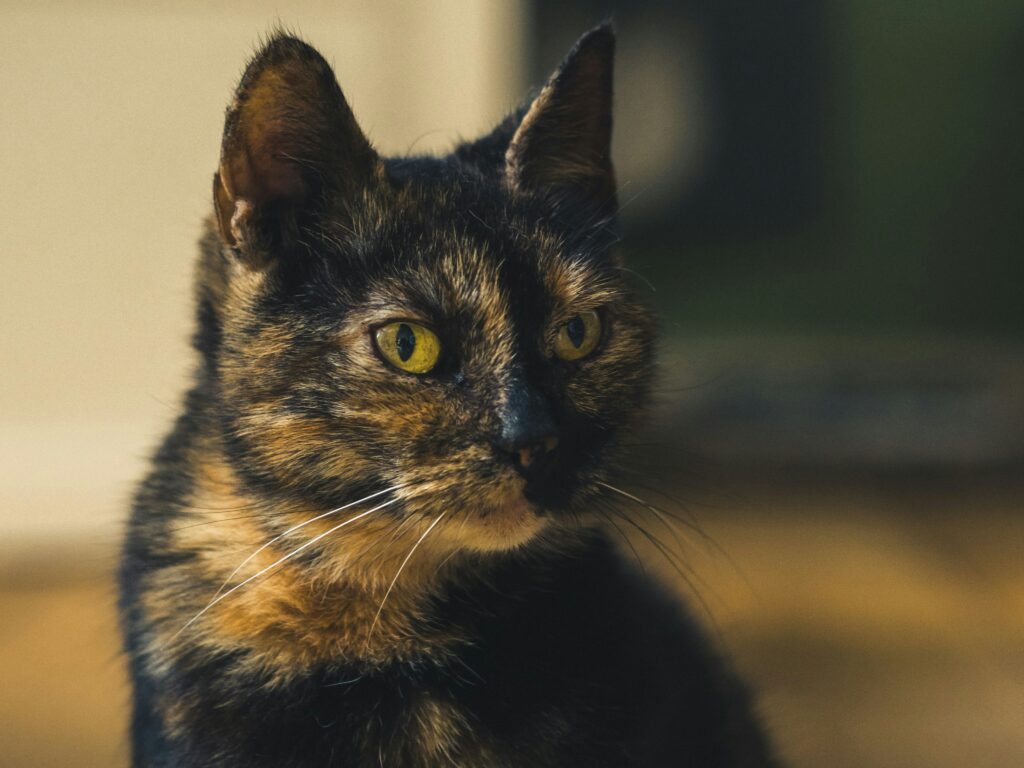
Exercise and Mental Stimulation
Regular exercise and mental stimulation are essential components in nurturing the longevity and overall well-being of tortoiseshell cats. Let’s explore the significant impact of these factors on their health and happiness:
1. Benefits of Regular Exercise
Engaging in regular physical activity offers numerous benefits that contribute to a tortoiseshell cat’s longevity:
- Weight Management: Exercise helps prevent obesity, reducing the risk of associated health issues such as diabetes and joint problems.
- Muscle Tone and Flexibility: Active play maintains muscle strength and flexibility, supporting overall mobility and agility.
- Mental Health: Physical activity releases endorphins, promoting a positive mood and reducing stress and anxiety.
- Cardiovascular Health: Exercise strengthens the heart and circulatory system, supporting cardiovascular health.
2. Engaging Activities for Mental Stimulation
In addition to physical exercise, mental stimulation is crucial for keeping tortoiseshell cats mentally sharp and engaged:
- Interactive Toys: Toys that encourage chasing, pouncing, and problem-solving stimulate their natural hunting instincts and mental acuity.
- Puzzle Feeders: Using puzzle feeders or food-dispensing toys makes mealtime more engaging, providing mental stimulation while they “hunt” for their food.
- Training Sessions: Teaching tricks or commands using positive reinforcement techniques not only provides mental stimulation but also strengthens the bond between the cat and the owner.
- Environmental Enrichment: Creating a stimulating environment with scratching posts, climbing structures, hiding spots, and window perches offers opportunities for exploration and mental engagement.
3. Preventing Boredom and Behavioral Issues
Regular exercise and mental stimulation play a key role in preventing boredom and associated behavioral issues in tortoiseshell cats:
- Destructive Behavior: Boredom can lead to destructive behaviors such as scratching furniture or excessive grooming. Engaging in activities helps redirect their energy in positive ways.
- Aggression: Mental stimulation and playtime can reduce pent-up energy and minimize aggressive behaviors, promoting a harmonious home environment.
- Stress Reduction: Interactive play and mental stimulation alleviate stress and anxiety, enhancing their overall quality of life.
By incorporating regular exercise routines, providing engaging activities for mental stimulation, and preventing boredom-related issues, we can foster a healthy, happy, and fulfilled life for our beloved tortoiseshell feline companions, ultimately contributing to their longevity and well-being.
Veterinary Care and Preventive Health Measures
Comprehensive veterinary care and preventive health measures are paramount in ensuring the long and healthy life of tortoiseshell cats. Let’s delve into the critical aspects of veterinary care that contribute to their well-being and longevity:
1. Importance of Routine Check-ups
Regular veterinary check-ups are essential for monitoring a tortoiseshell cat’s health status and detecting any potential issues early on:
- Physical Examinations: Routine check-ups allow veterinarians to assess overall health, detect weight changes, monitor dental health, and check for signs of illness or injury.
- Vaccinations: Keeping vaccinations up to date protects against common infectious diseases and prevents outbreaks that can impact a cat’s well-being.
- Health Screenings: Blood tests and other diagnostic screenings can identify underlying health conditions, enabling prompt intervention and management.
2. Vaccinations and Parasite Control
Vaccinations and parasite control measures are crucial components of preventive healthcare for tortoiseshell cats:
- Core Vaccinations: Vaccines against diseases like rabies, feline panleukopenia (FPV), feline herpesvirus (FHV), and feline calicivirus (FCV) are essential for protecting against serious illnesses.
- Parasite Prevention: Regular deworming and flea/tick control measures prevent infestations that can lead to health complications and discomfort.
- Heartworm Prevention: Administering heartworm preventives as recommended by a veterinarian helps protect against this potentially deadly parasite.
3. Early Detection of Health Concerns
Early detection of health concerns is key to addressing issues promptly and effectively:
- Regular Monitoring: Observing changes in behavior, appetite, litter box habits, and physical appearance can alert owners to potential health issues.
- Veterinary Consultations: Consulting a veterinarian at the first sign of abnormalities or concerns allows for timely diagnosis and treatment.
- Senior Wellness Exams: For older tortoiseshell cats, senior wellness exams may include additional screenings and evaluations to monitor age-related changes and address emerging health issues.
Impact of Living Environment on Lifespan
The living environment plays a pivotal role in shaping the lifespan and well-being of tortoiseshell cats. Creating a safe, comfortable, and enriching home environment is essential to supporting their health and longevity. Let’s explore the significant impact of the living environment on these captivating felines:
1. Creating a Safe and Comfortable Home
A safe and secure home environment is foundational to a tortoiseshell cat’s well-being and longevity:
- Hazard-Free Zones: Eliminate potential hazards such as toxic plants, small objects that can be swallowed, and accessible cords or chemicals.
- Safe Outdoor Access: If allowing outdoor access, ensure it’s a secure and supervised environment to prevent accidents, encounters with predators, or exposure to harmful substances.
- Comfortable Resting Areas: Provide cozy bedding, perches, and hiding spots where they can relax and feel secure.
2. Providing Enrichment and Stimulating Activities
Enriching the environment with stimulating activities promotes mental and physical health:
- Interactive Toys: Offer a variety of toys that encourage play, exercise, and mental stimulation, such as feather wands, puzzle feeders, and catnip toys.
- Climbing Structures: Provide vertical spaces like cat trees or shelves for climbing, exploring, and observing their surroundings.
- Environmental Changes: Rotate toys, rearrange furniture, and introduce new challenges to prevent boredom and stimulate curiosity.
3. Stress Management for Longevity
Minimizing stressors and managing stress effectively contribute to a tortoiseshell cat’s longevity:
- Consistent Routine: Establish a predictable daily routine for feeding, playtime, grooming, and rest to create a sense of security and stability.
- Quiet Retreats: Offer quiet spaces where they can retreat and unwind, especially in multi-pet households or during noisy or disruptive activities.
- Positive Socialization: Encourage positive interactions with humans and other pets to foster social bonds and reduce anxiety.
By prioritizing a safe, enriching, and stress-free living environment, we can optimize the quality of life and longevity of our cherished tortoiseshell feline companions. Their home environment plays a crucial role in nurturing their physical health, mental well-being, and overall happiness for years to come.
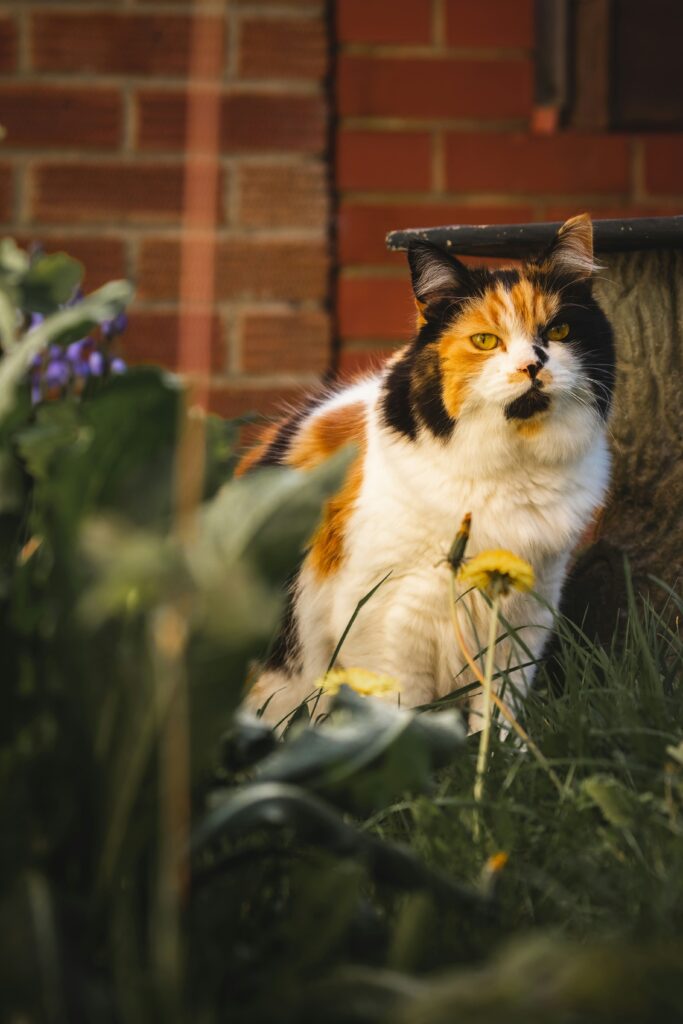
Conclusion on Tortoiseshell Cat Lifespan
Tortoiseshell cats typically live 12 to 15 years, but with proper care, they can thrive beyond. Here are tips for their well-being:
- Healthy Lifestyle: A balanced diet, regular vet check-ups, and exercise are key.
- Safe Environment: Keep hazards away and provide stimulating activities.
- Celebrate Uniqueness: Their playful nature and unique charm make them cherished companions.
By prioritizing their health and celebrating their individuality, we ensure tortoiseshell cats lead long, happy lives as cherished members of our families.
Read More: Tortoiseshell Cat Adoption

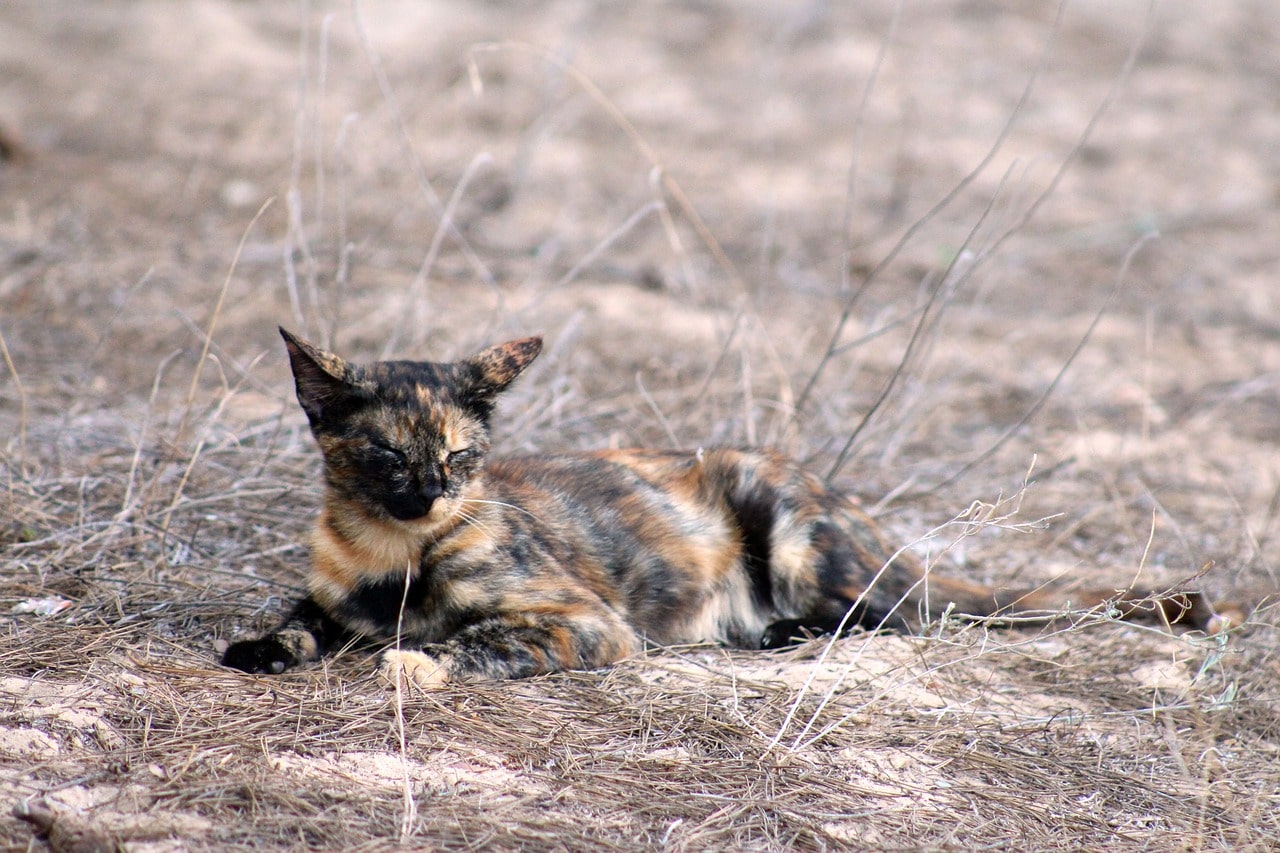
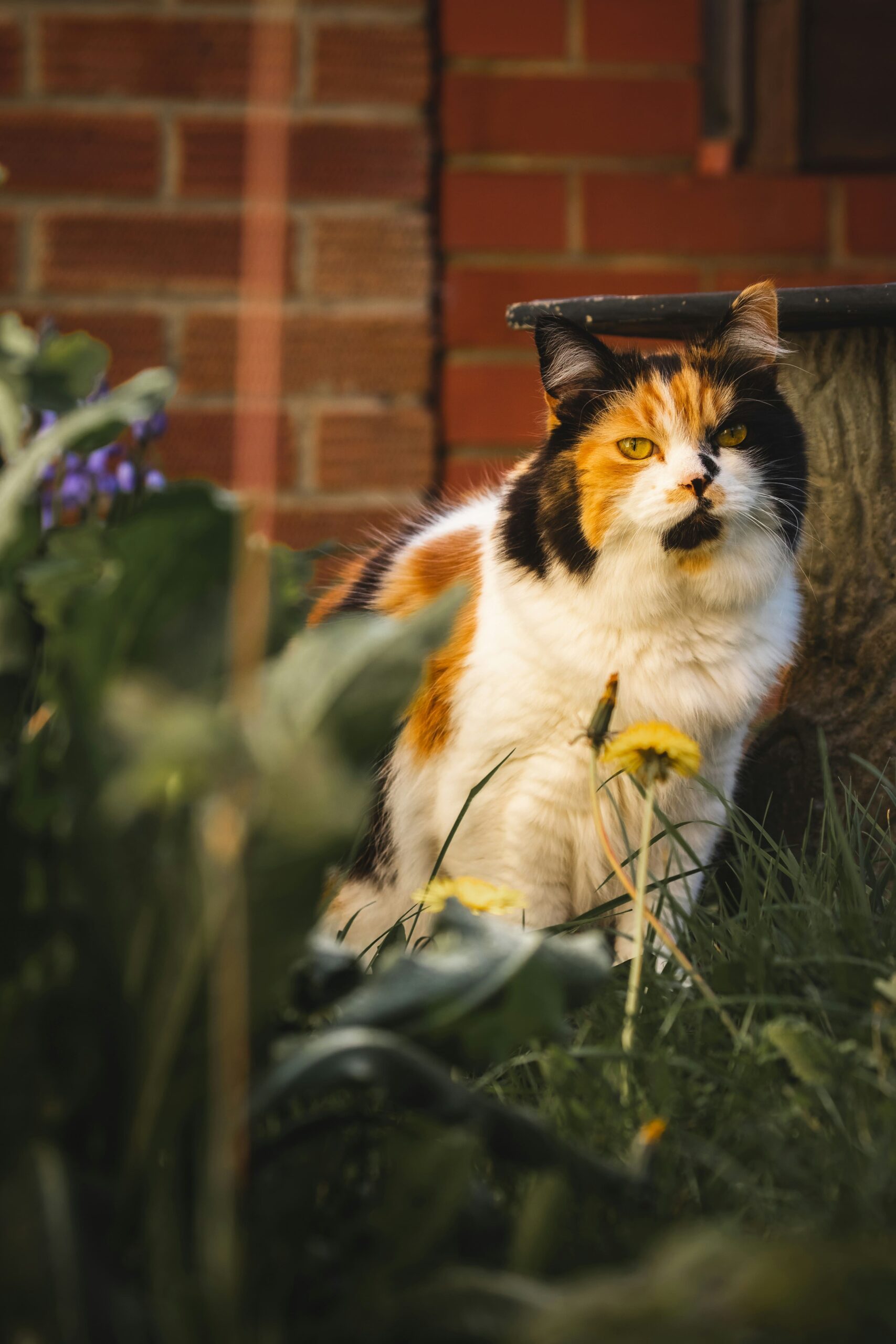
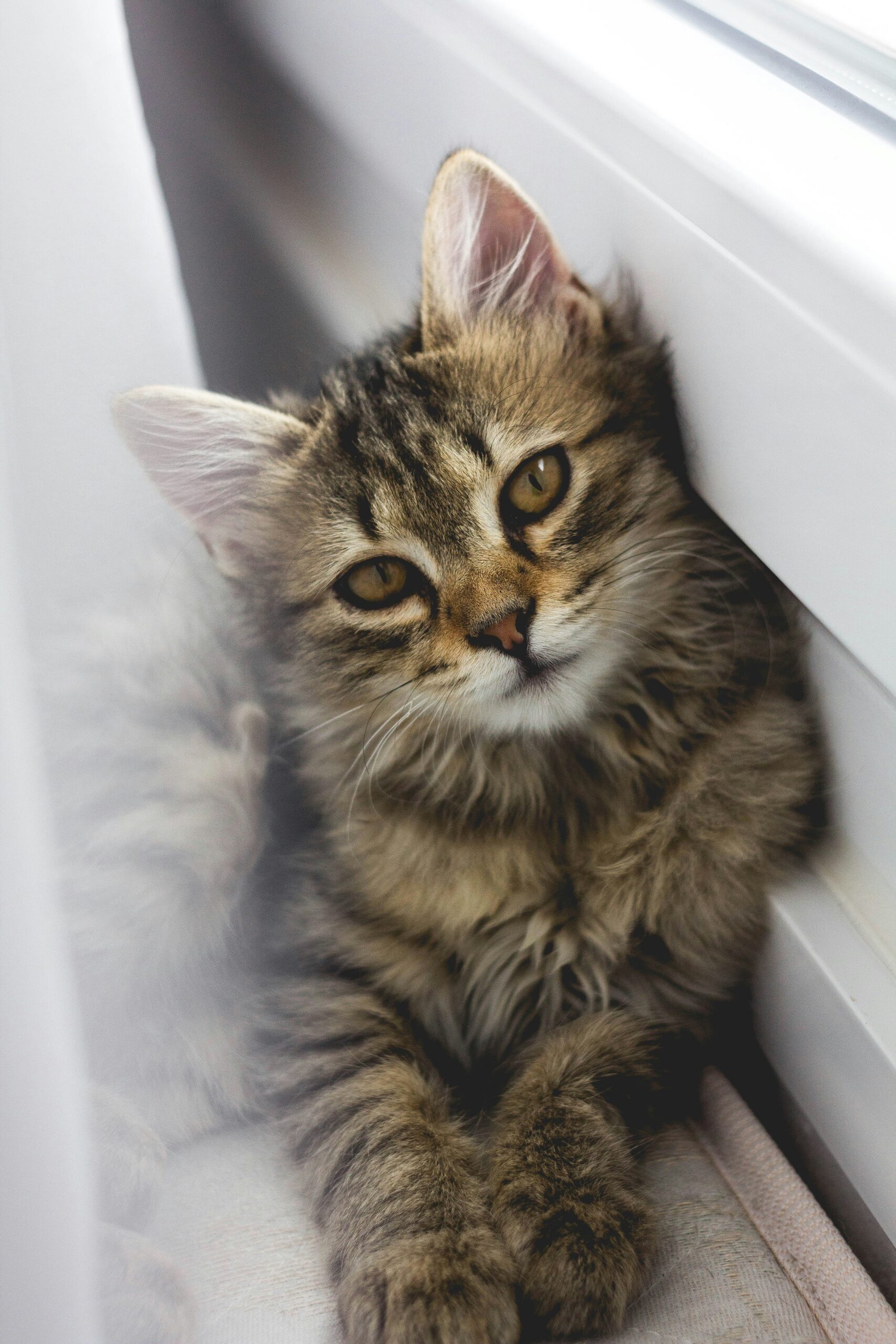
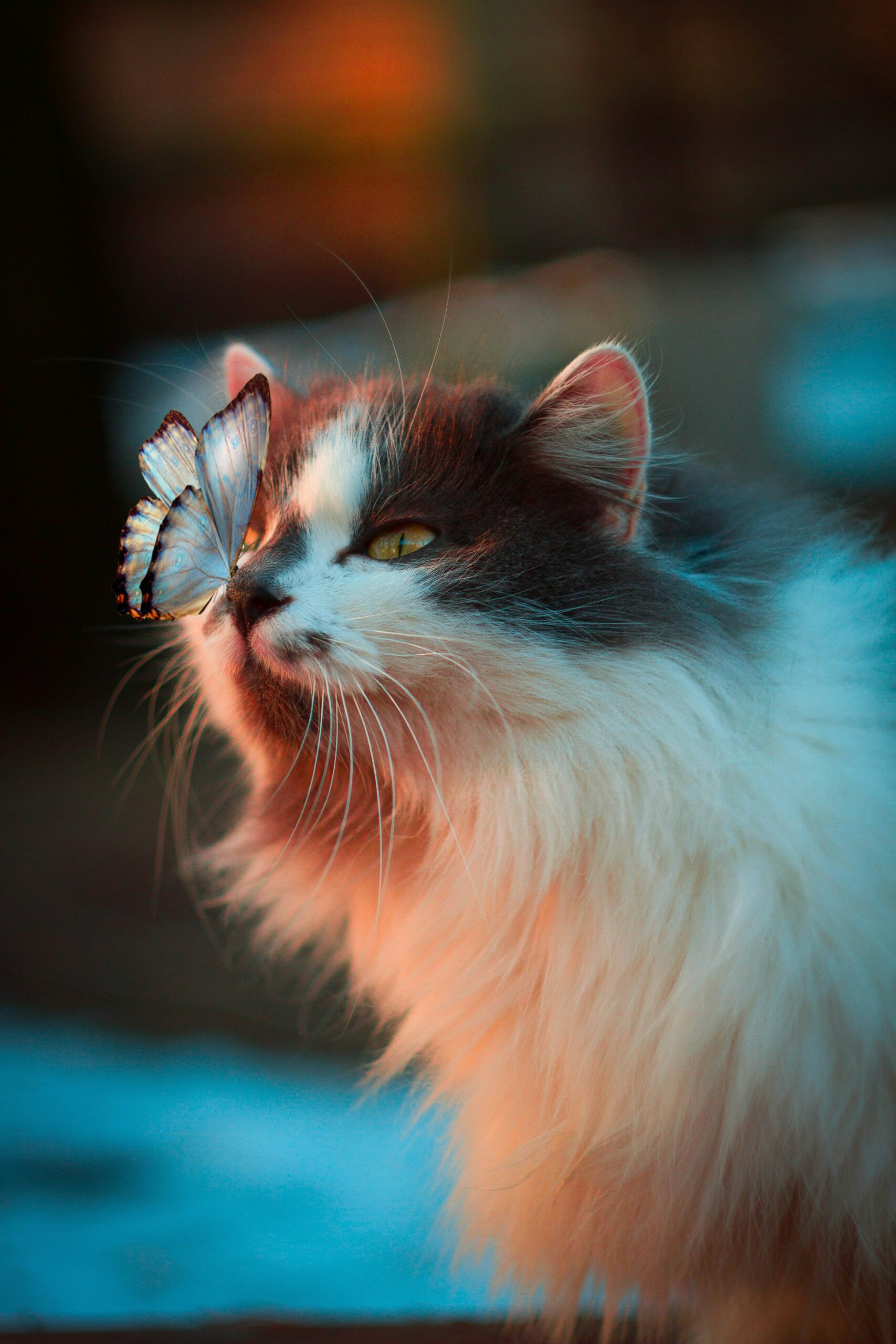


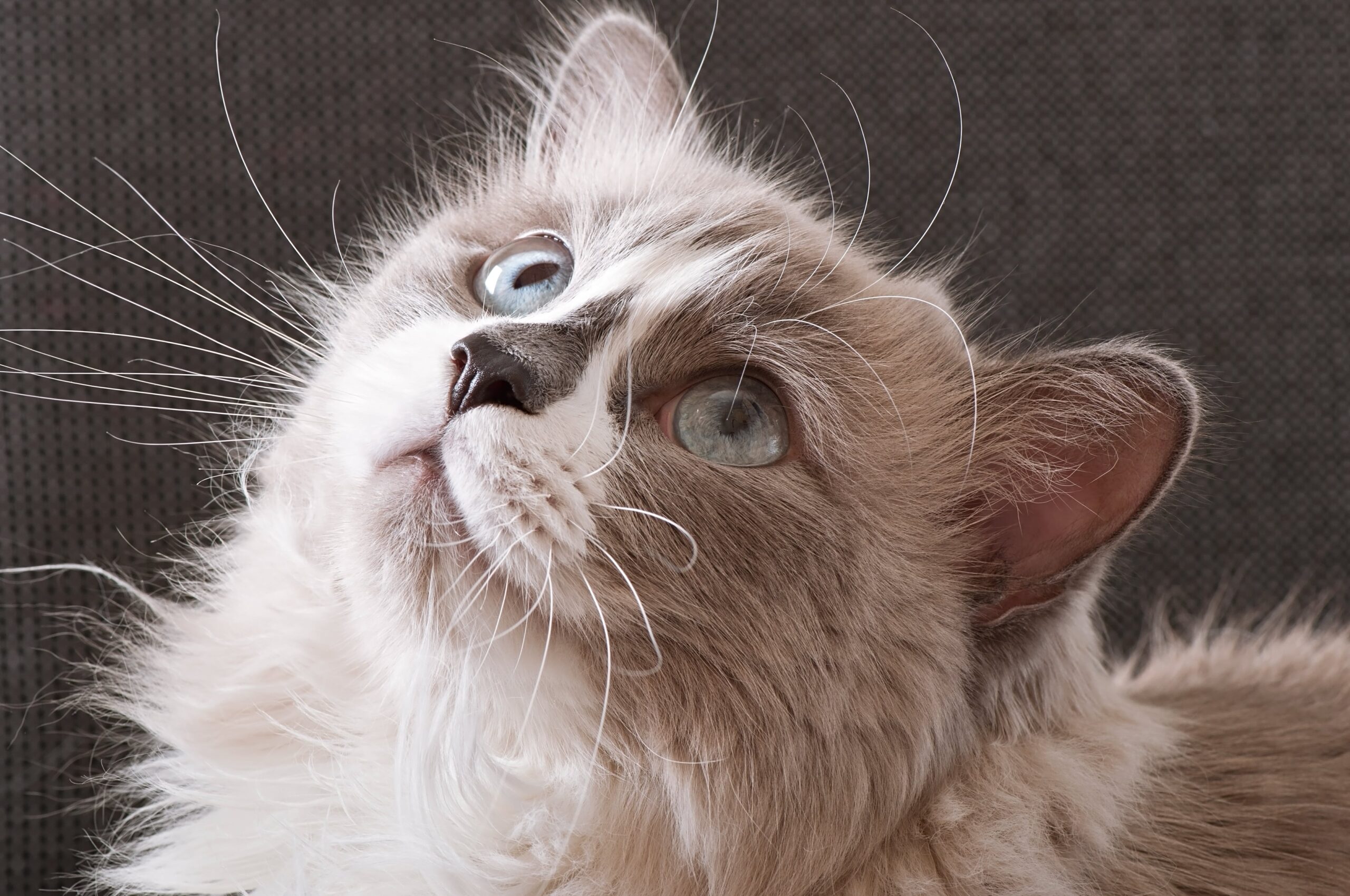
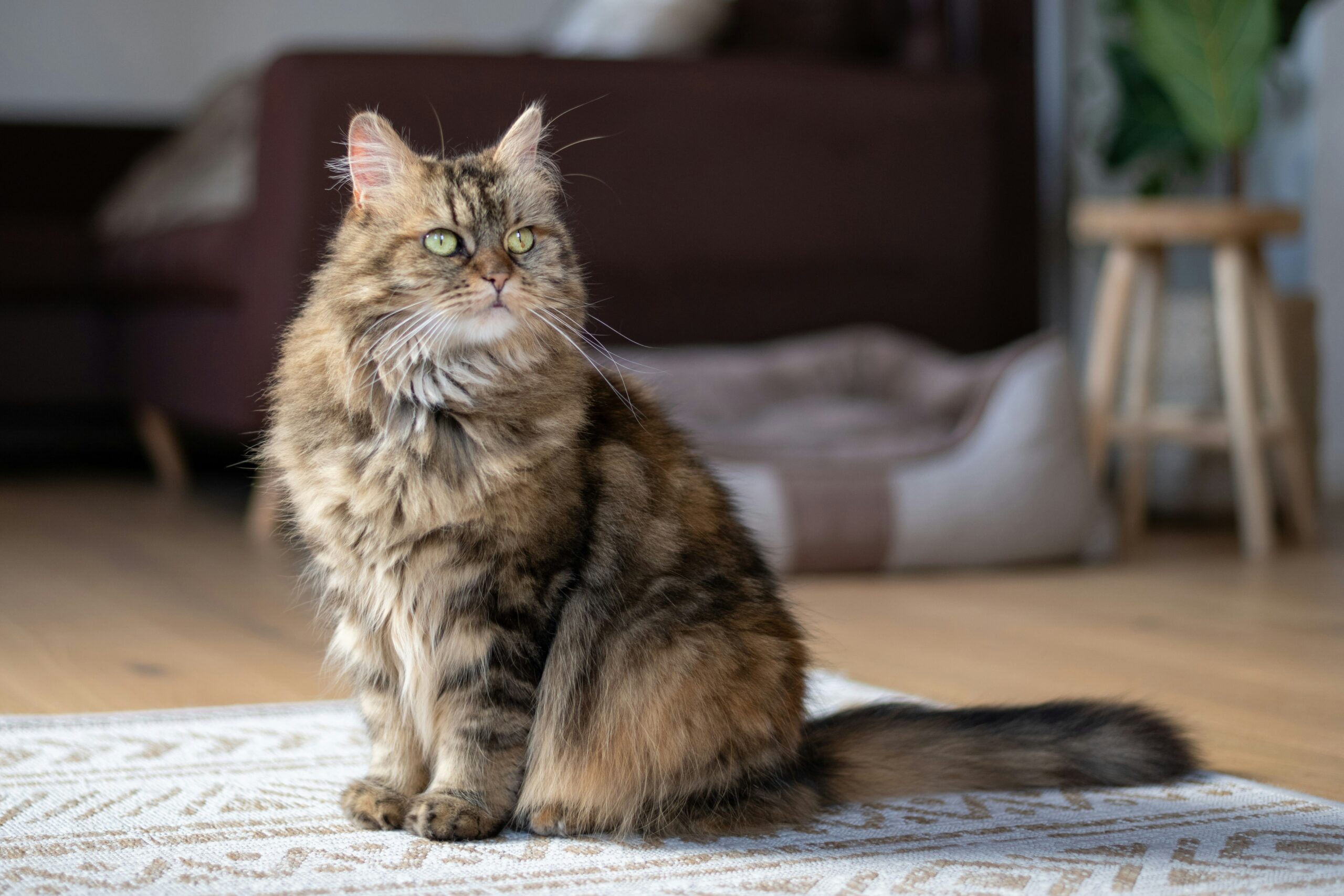
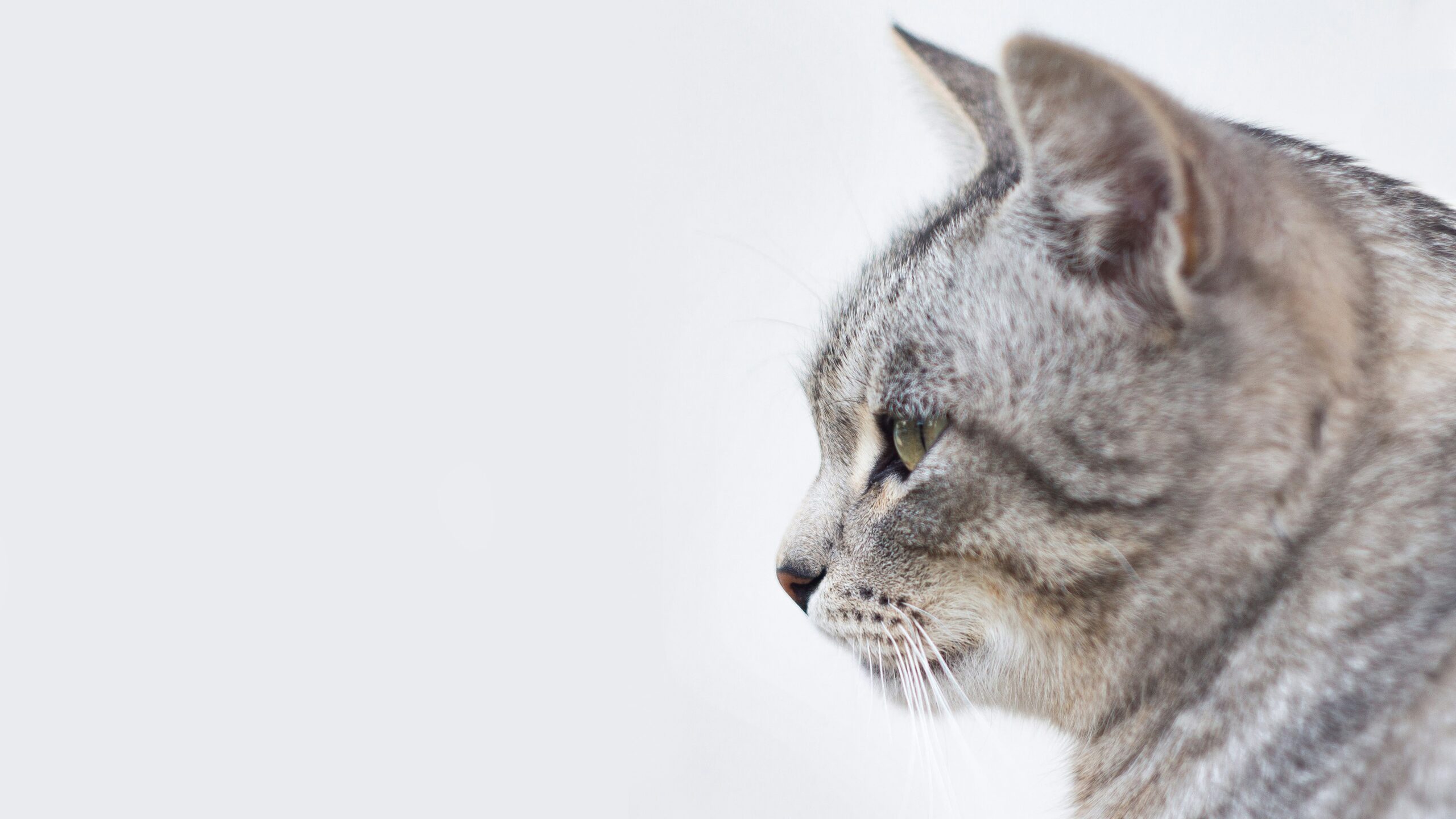
Leave a Reply